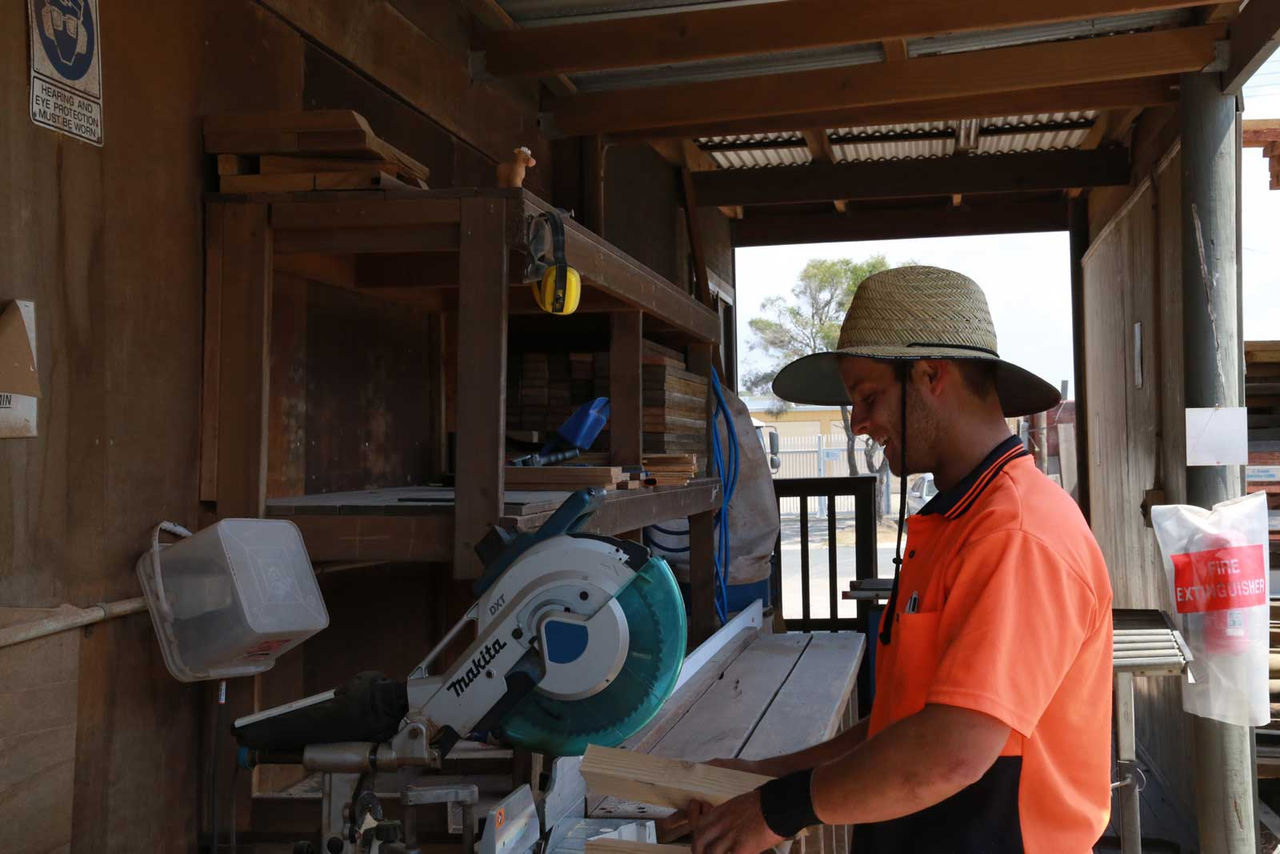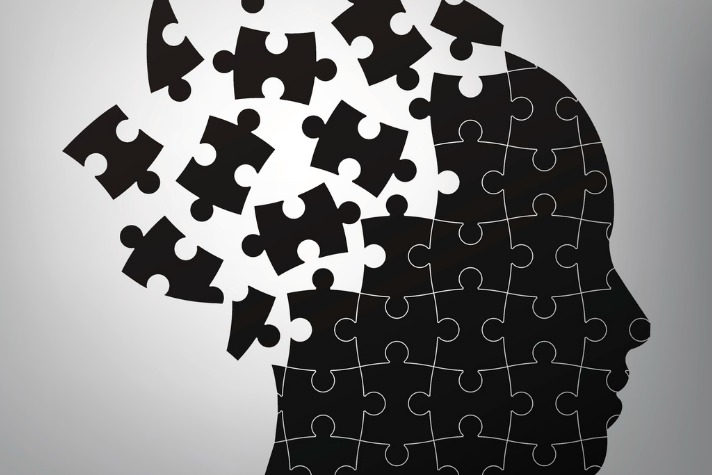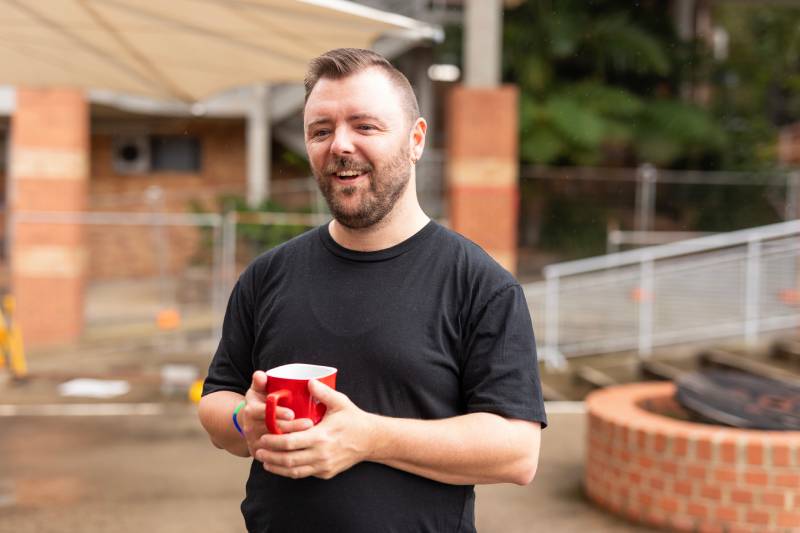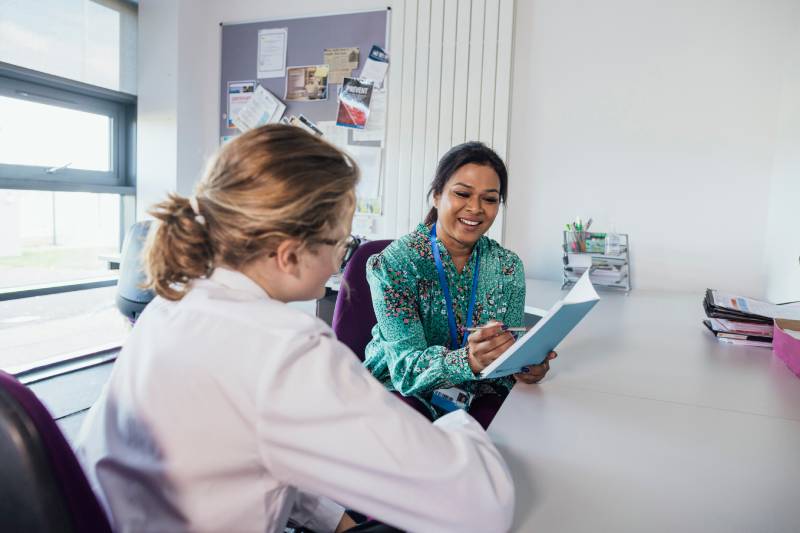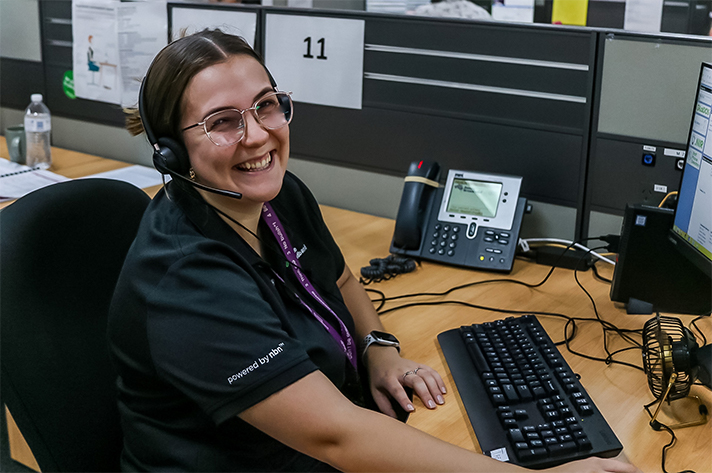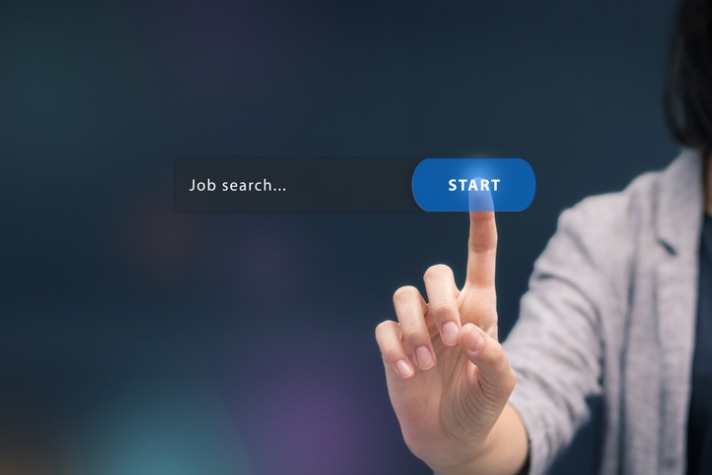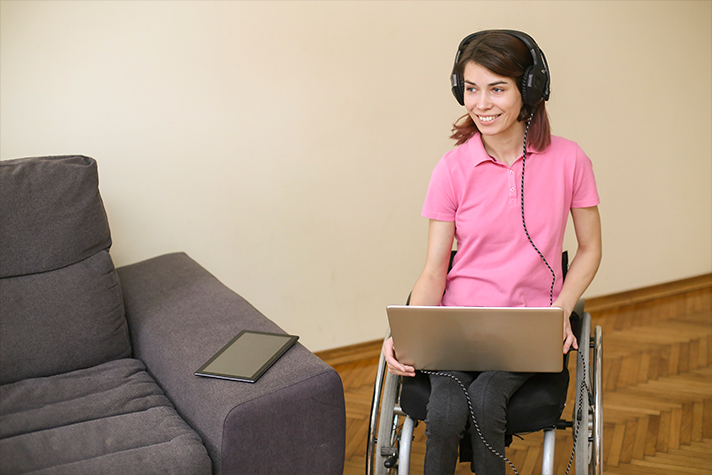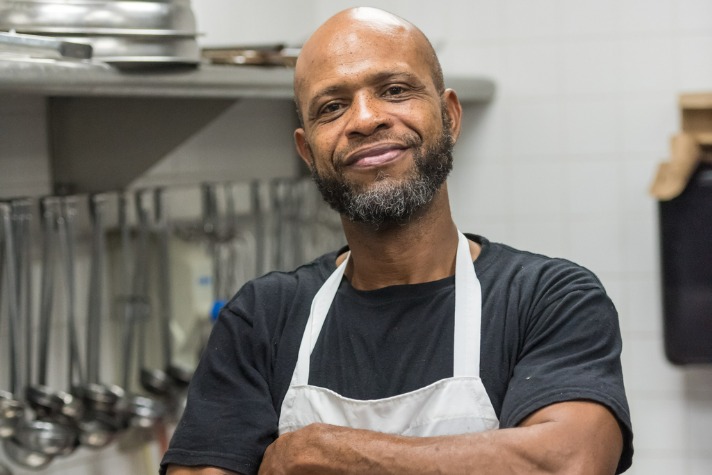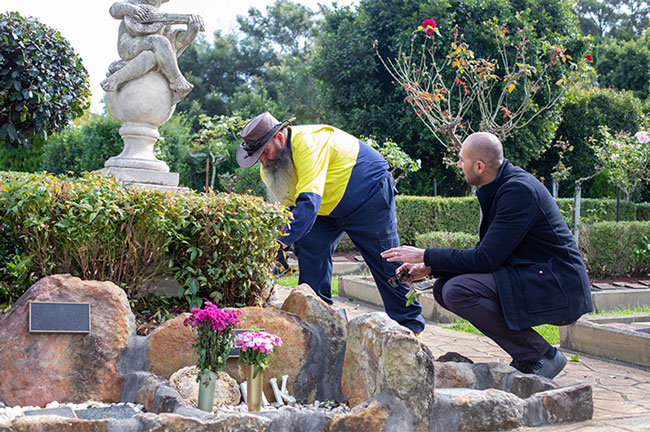How to practice gratitude
Published by MAXSolutions on June 08, 2025

With a growing body of research indicating that grateful people have happier healthier lives with richer more rewarding relationships, it is worth asking how can you practice gratitude?
What is gratitude?
Gratitude is defined as a two-step process:
1. recognition and appreciation of a positive outcome or event and
2. the acknowledgment of the goodness in your life and recognising that much of this goodness was due to forces beyond yourself and through the efforts of others. (1 )
How can you incorporate more gratitude in your life?
Different people appreciate different things. Start by considering (3):
What do you appreciate in your life?
What is valuable to you?
What do you want to spend more time doing?
When do you say “thank you”?
Start by finding an event, person or action you’ve been grateful for in the last day. It can be a small thing like being able to see blue sky, or not being in pain, or having clean water to drink.
Now find something for which you can be grateful over the past week. Can you find three things you can be grateful for in the last week?
Questions that you may ask yourself include:
What happened today that you enjoyed?
What are you grateful for today?
What happened today that you want to appreciate or acknowledge or remember?
When starting your gratitude practice, you may want to start small. Make it easy for yourself with ideas such as "I am grateful that I arrived on time to work." Then as you become more confident, you can reflect on challenges or difficulties and how you approached them.
A very small amount of time practicing gratitude can have positive effects as much as three months later! Scientists speculate that neural pathways may be permanently altered to support happiness, gratitude and kindness when people are grateful. The study used MRI scans to identify these lasting positive changes in people’s brains three months after a single gratitude exercise was given to them. (4)
Some people like to express their gratitude to others. This has positive impacts on those relationships and creates wellness benefits for others as well. In the workplace in particular, appreciation has positive impacts on wellbeing, work performance, team cohesion and job satisfaction. But to be effective it needs to be specific, meaningful and person centred (5). If everyone receives the same or when appreciation is tokenistic your “thanks” can have the opposite effect.
Again, start by observing something to be grateful for and the value of it. When you thank somebody, be clear about exactly what they did that made a difference to you, tell them the impact of what they did and how it has helped you, the organisation, the group etc.
I would like to express my gratitude to you for reading this blog. I hope that you practice gratitude today. Your increasing gratitude will increase your kindness to those around you and the happiness of everyone you meet will be impacted. Thank you.
Sources:
- Emmons, R. A., & McCullough, M. E. (Eds.). (2004). The psychology of gratitude. Oxford University Press.
- Mete, Rosina, PhD,M.Sc, R.P. (2024). Gratitude is the new attitude: Strategies and importance. Canadian Journal of Medical Laboratory Science, 86(3), 8-9. Retrieved from http://ezproxy.slq.qld.gov.au/login?url=https://www.proquest.com/scholarly-journals/gratitude-is-new-attitude-strategies-importance/docview/3162890018/se-2
- Kerr, S. L., O'donovan, A., & Pepping, C. A. (2015). Can gratitude and kindness interventions enhance well-being in a clinical sample? Journal of Happiness Studies, 16(1), 17-36. doi:http://dx.doi.org/10.1007/s10902-013-9492-1
- Kini, P., Wong, J., McInnis, S., Gabana, N., & Brown, J. W. (2016). The effects of gratitude expression on neural activity. NeuroImage, 128, 1-10.
- Crystalee, W. B. (2016). Perceptions of thanks in the workplace. Corporate Communications, 21(3), 333-351. doi:https://doi.org/10.1108/CCIJ-07-2014-0048
Share
Tags
Found this useful?
Help and advice
Our blogs are about helping people seek the information that they need for their steps in the workforce.

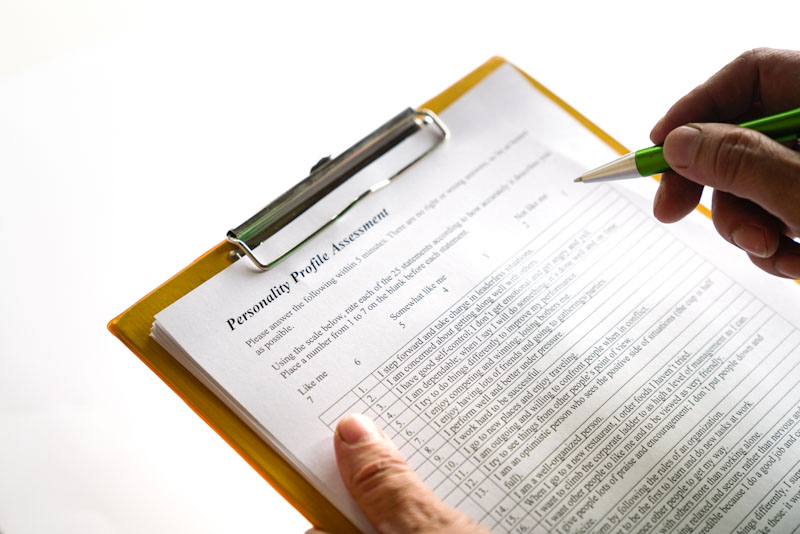


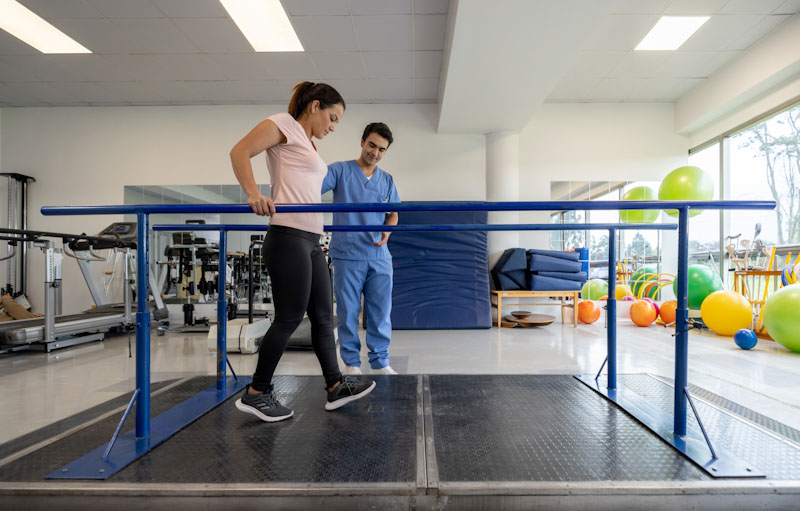
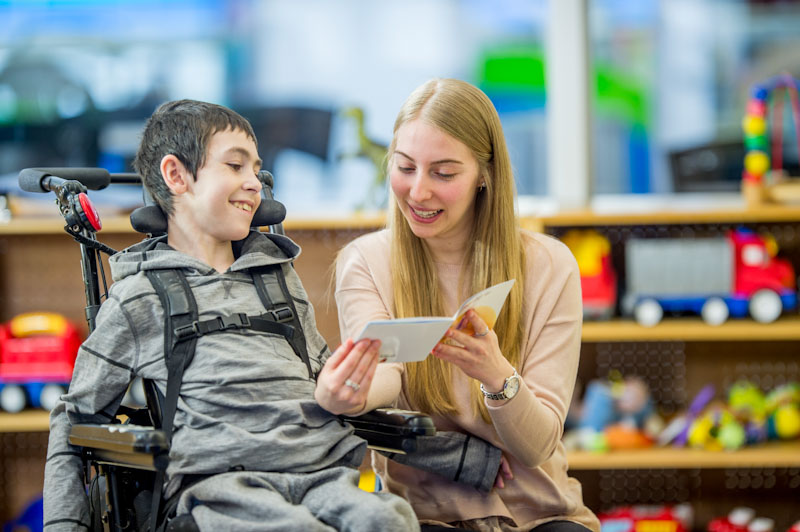
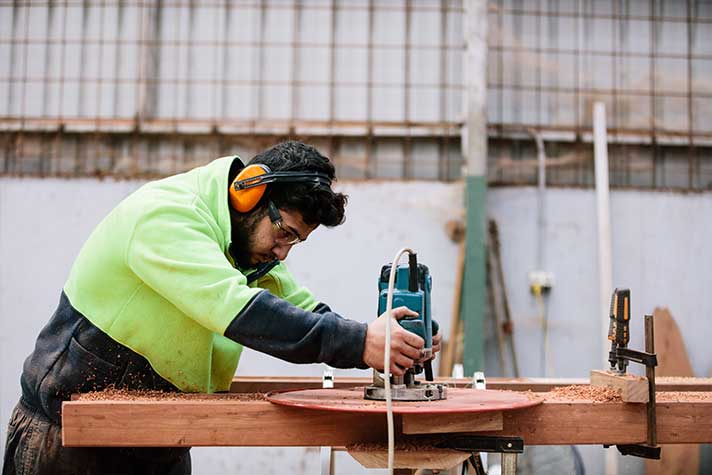






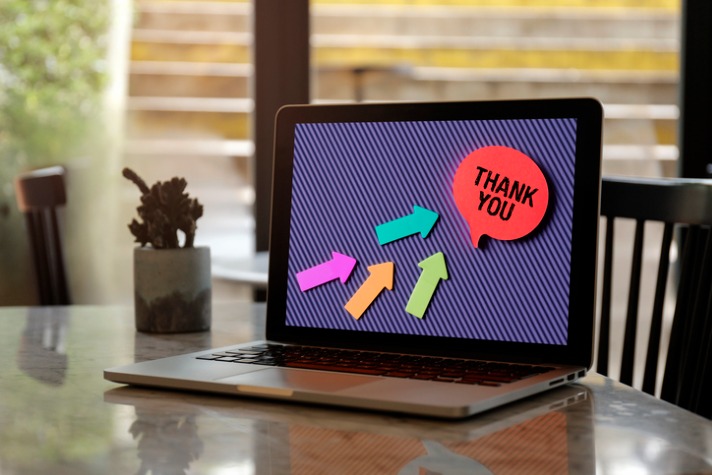
_1.jpg)

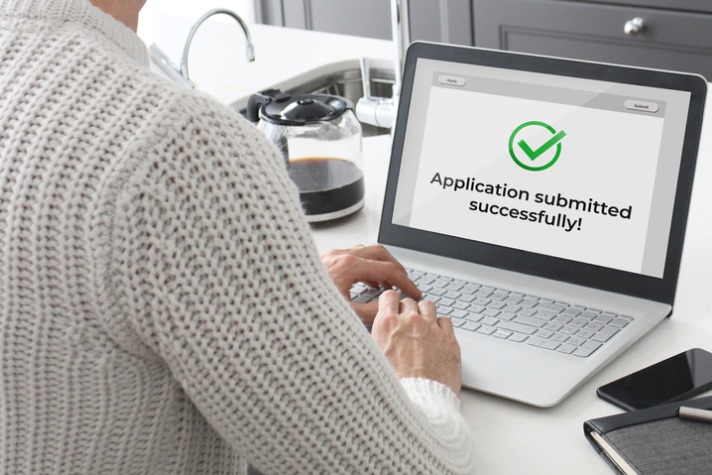
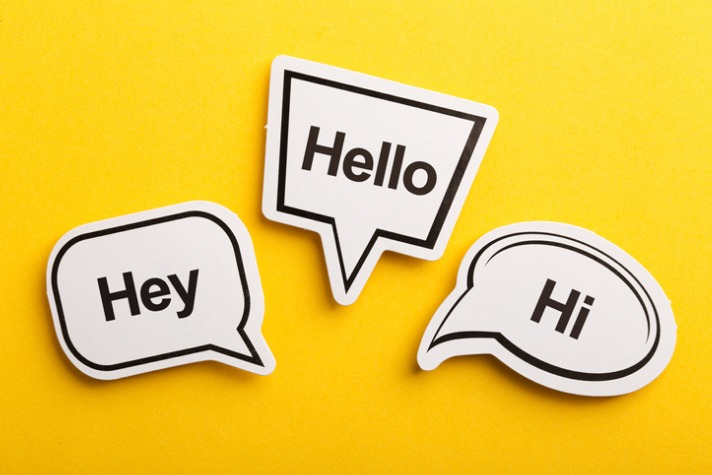
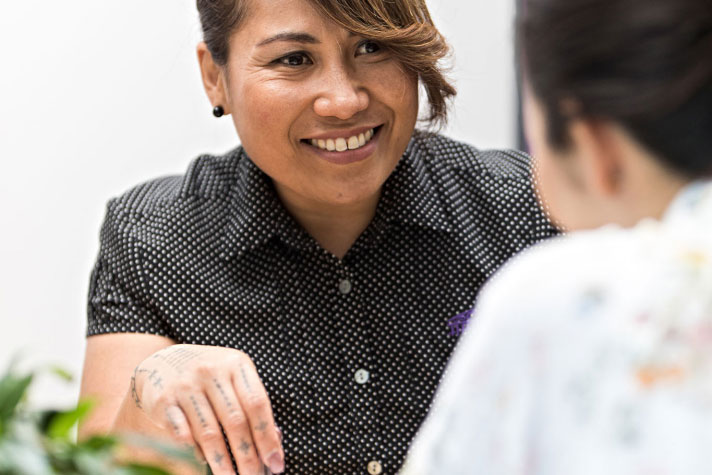
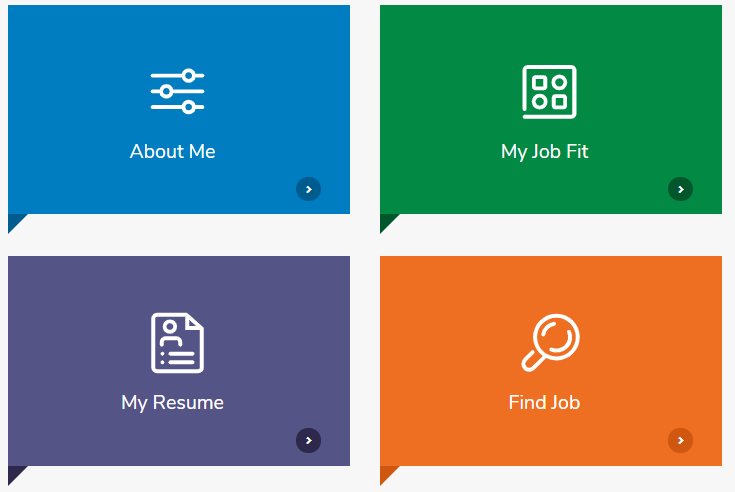

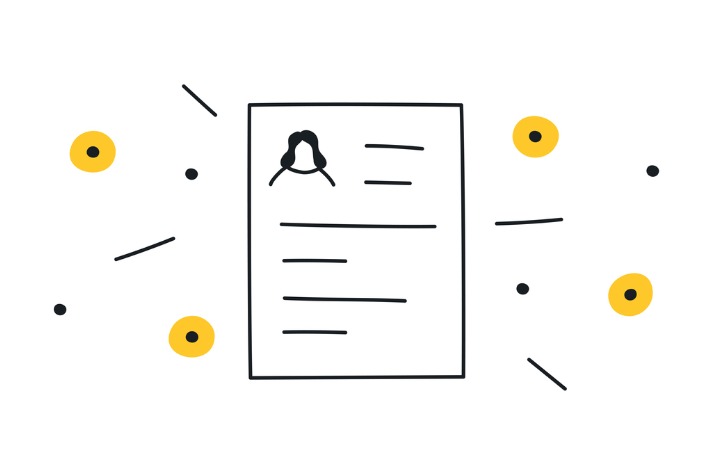

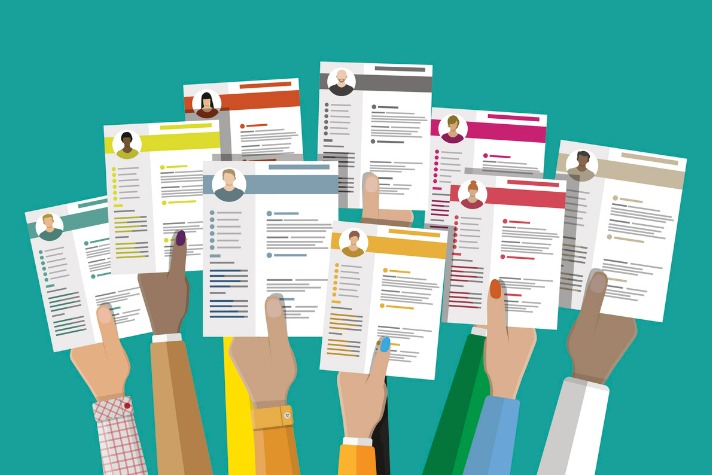
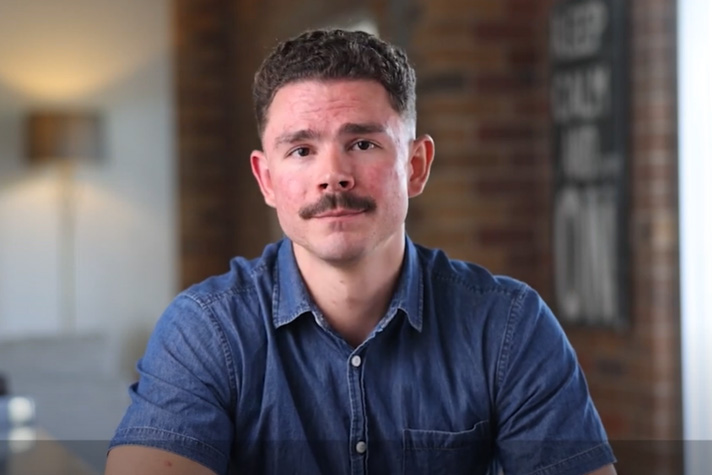
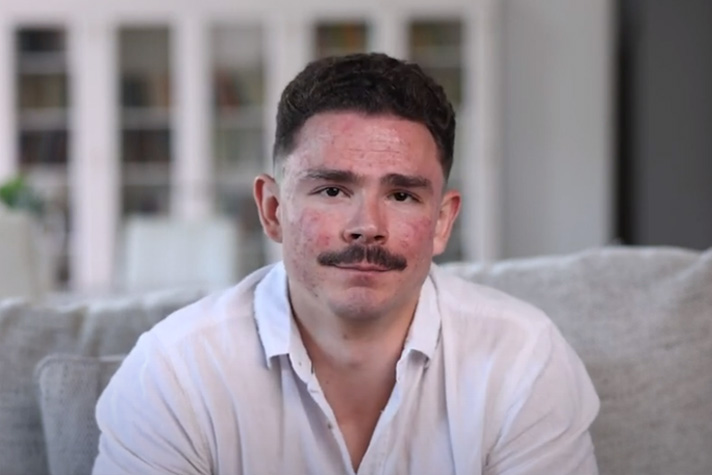
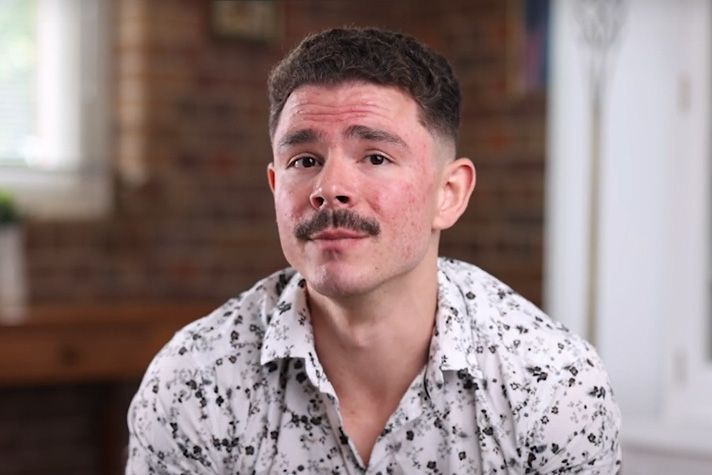
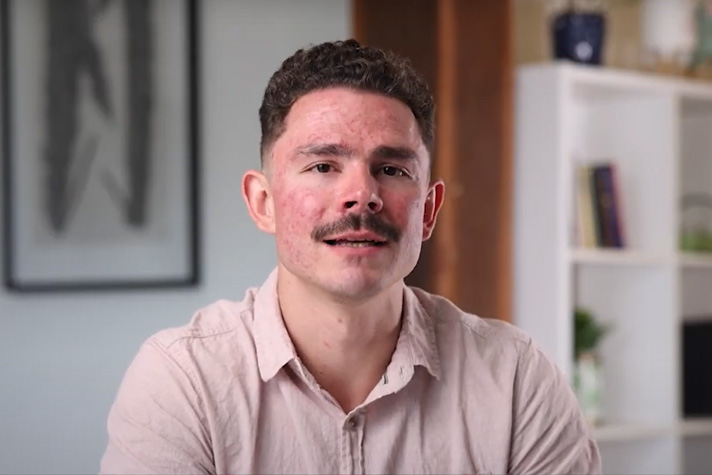




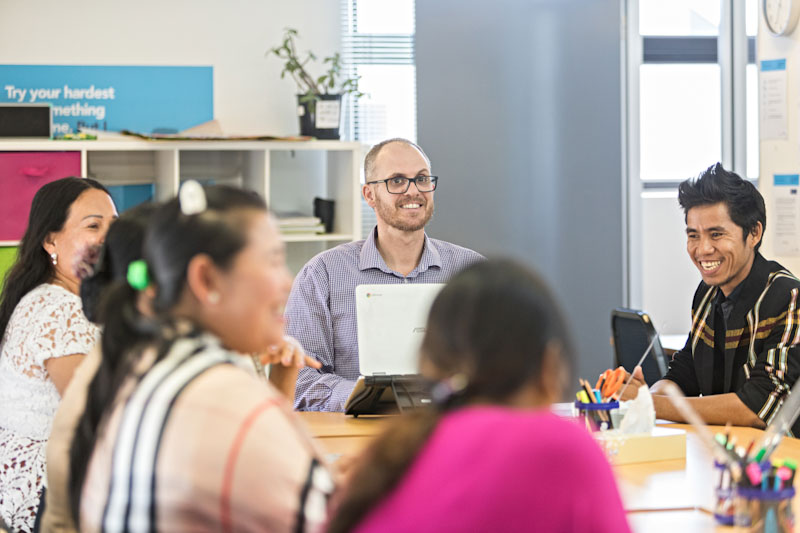
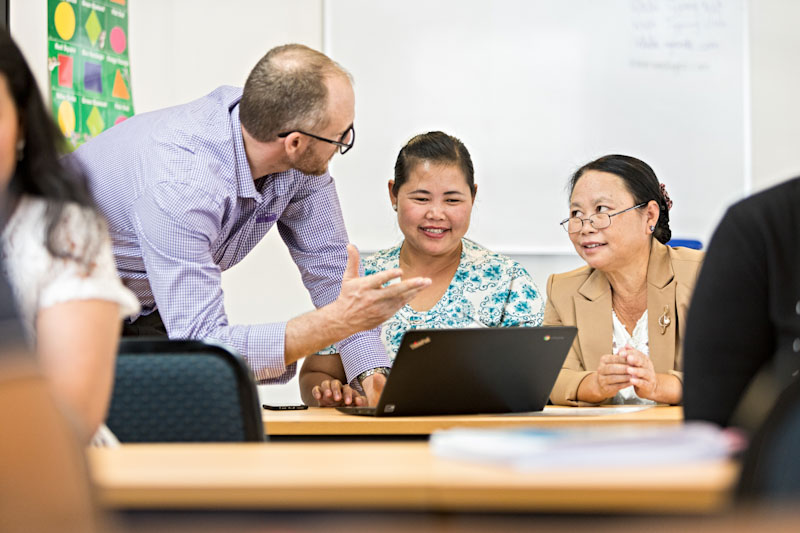
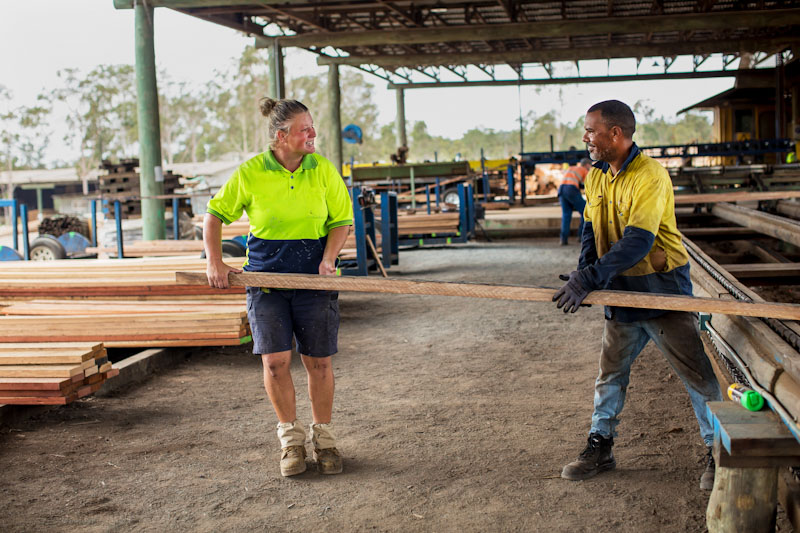







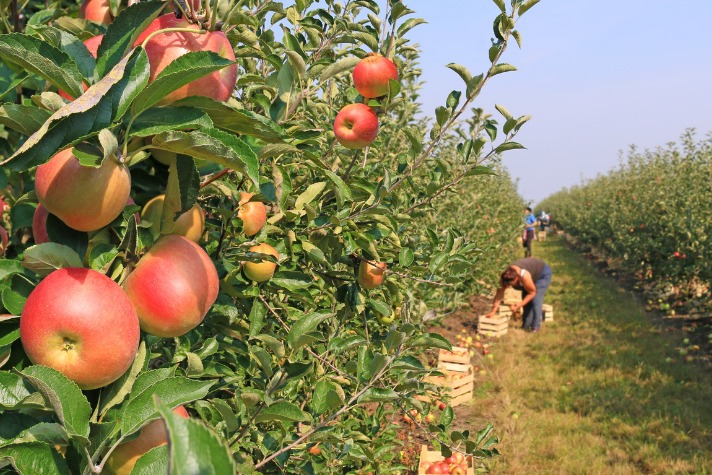
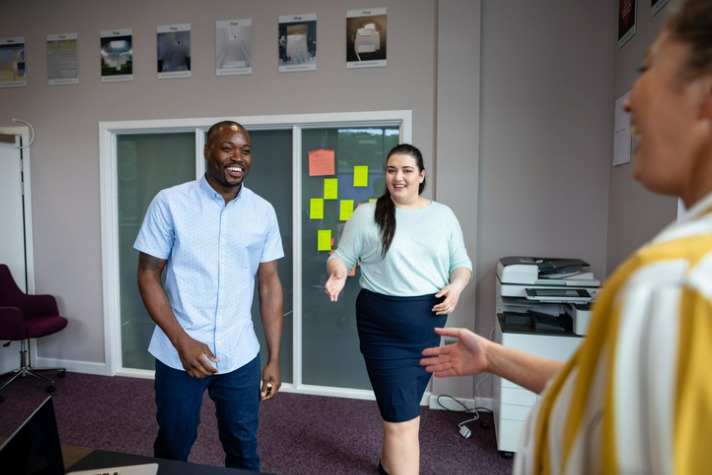
.jpeg)
